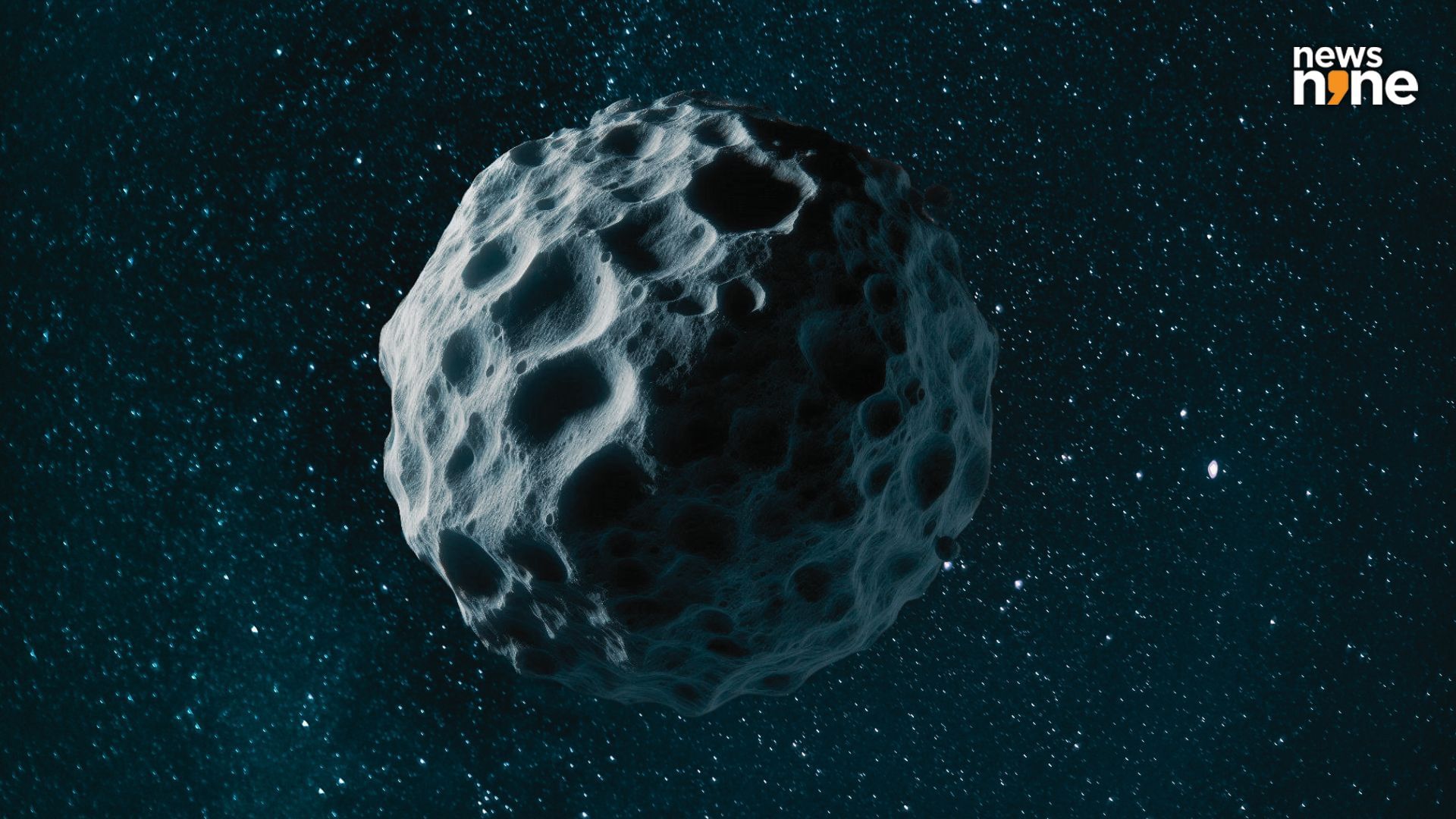New Delhi: Astronomers have discovered the third known interstellar object, designated as 3I/Atlas. The object was initially spotted on 1 July by a telescope in Chile, and was provisionally designated as A11pl3Z. The object appeared to be travelling so fast, that it would zip in and out of the Solar System in a hyperbolic orbit. Amateur astronomers were able to confirm that the orbit was highly eccentric, deviating from a perfect circle more than any other known object, with an eccentricity of six. A combination of observations conducted before the discovery of the object, and observations by astronomical instruments were used to confirm that the object is of interstellar origin.
After ‘Oumuamua and 2I/Borisov, this is the third confirmed interstellar object. Both dipped into the Solar System before escaping entirely, with ‘Oumuamua approaching the Sun in 2017 and 2I/Borisov in 2019. ‘Oumuamua was an unusually elongated asteroid, unlike any found in the Solar System, while 2I/Borisov appeared to be a comet. According to the Minor Planet Centre that has officially designated Allpl3Z as 3I/Atlas, the object has a small coma, a cloud of diffuse gas and dust surrounding a comet, as well as a short tail. The object will not approach the Sun any closer than Mars, and will barely deviate from its path.
Why interstellar objects are so special
There are only three such objects known, but many more are expected to be discovered with a buildup of planetary defence capabilities. These hypervelocity objects may have been kicked out of their origin systems by gravitational interactions. Jupiter has for example, may have kicked out two comets from the Solar System, C/1980 E1 and C/2024 L5. Such objects are challenging to detect because of how rapidly they more, and the short window within which they are observable. Such interstellar visitors provide scientists with the valuable opportunity of directly observing fragments from distant star systems.
